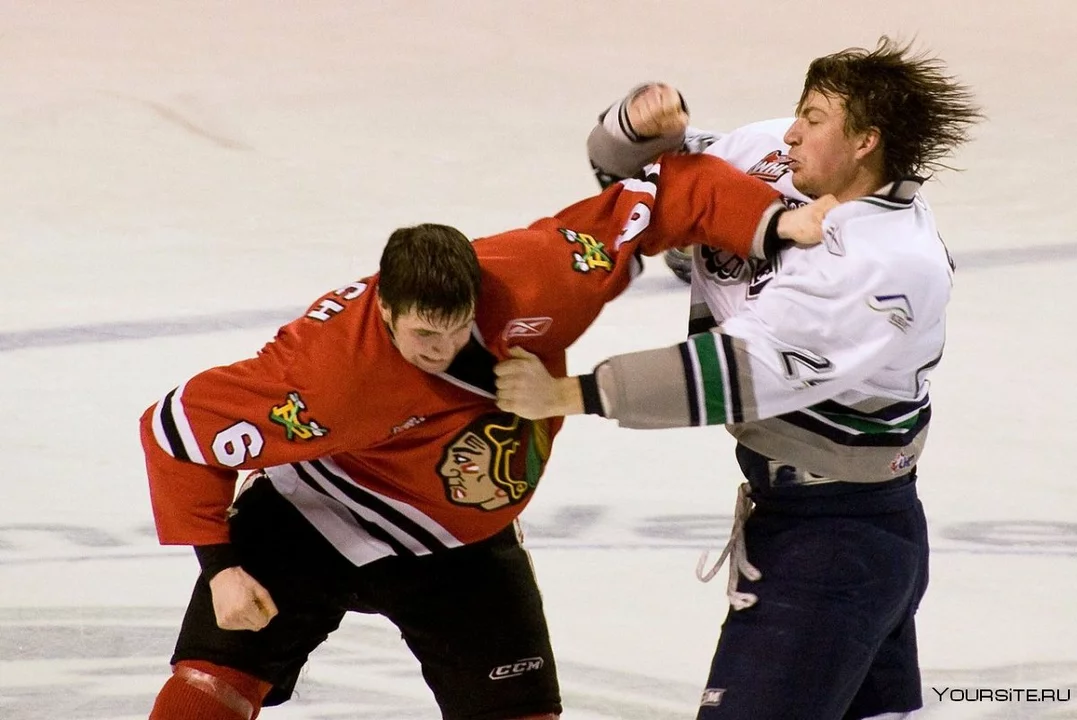Reasons Behind Hockey’s Biggest Quirks
If you’ve ever wondered why a puck looks like a tiny frozen brick or why a player can be tossed out in the middle of a game, you’re not alone. Hockey is packed with odd details that make sense once you break them down. Below we cover the most common reasons fans ask about, so you can watch the next match with a clearer head.
Why are pucks frozen before a game?
Before the first drop‑off, arena staff stick the rubber pucks in a deep freezer for a few hours. A frozen puck slides smoothly on the ice, stays flat and doesn’t bounce as much as a warm one. This gives players predictable control and reduces the chance of the puck cracking mid‑play. In short, it’s about consistency and safety on the surface.
When does a player get thrown out?
The referee will eject a player for three main reasons. First, a series of serious penalties – like a fighting incident followed by a dangerous hit – signals a loss of control. Second, any deliberate attempt to injure an opponent with the stick or body can lead to an instant ejection. Third, unsportsmanlike conduct such as abusing officials or using hateful language also results in a boot from the rink.
Each ejection adds a game misconduct penalty, meaning the player must leave the ice for the rest of the match and may face a fine or suspension later.
Is fighting allowed in ice hockey?
Official rules say fighting isn’t allowed, but the reality is a bit softer. The NHL tolerates a brief fight as a way for players to settle grudges and protect teammates. Referees will let a fight run its course if it stays within the rink and doesn’t turn excessively violent. Once a clear winner emerges, the officials will hand out major penalties – usually a five‑minute fighting major – and may add a game misconduct if the fight crosses a line.
So, while the rulebook marks fighting as illegal, the culture of the sport treats it as a controlled, if controversial, part of the game.
Understanding these reasons helps you read the game beyond the surface excitement. When you see a frozen puck being dropped, you’ll know the ice technicians are setting up a smoother ride. When a player walks off in a hurry, you’ll recognize the penalties that forced the call. And when a scuffle erupts, you’ll see why the league sometimes lets it play out before stepping in.Next time you catch a game, pay attention to these clues. They’re the hidden logic that keeps hockey fast, fair, and incredibly entertaining. Got another quirky hockey question? Drop it in the comments and let the community break it down for you.
Why are player to player fights so common at hockey games?
As a huge hockey fan, I've often wondered why player to player fights are so common during games. It seems to me that these fights are a result of the intense physicality and competitive nature of the sport. Players often use these brawls to stand up for their teammates and establish dominance on the ice. Additionally, the crowd's reaction to the fights may also play a role, as fans tend to get excited and cheer louder when it happens. Despite the potential dangers of fighting in hockey, it appears to be a deeply ingrained aspect of the sport's culture.
View More